
CSSCO: Free VSCO-style Photo Filters Made with CSS
CSSCO is a new free and open source project that offers VSCO-style retro photo filters made and used entirely with CSS.

CSSCO is a new free and open source project that offers VSCO-style retro photo filters made and used entirely with CSS.

Well, you can add "captioning photos" to the list of jobs robots will soon be able to do just as well as humans. After some training, the latest version of Google's "Show and Tell" algorithm can describe the contents of a photo with staggering 94% accuracy.
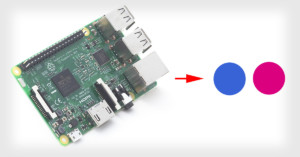
Flickr generated a lot of bad feelings back in March 2016 by making its Auto-Uploadr app a Pro-only feature. If you're not Pro but would still like the convenience of automatically uploading new photos, you can build a custom gadget that does it for you.

Skier Nicolas Vuignier recently shared a viral video in which he created "bullet time" footage of himself skiing by swinging an iPhone 6 around his head using a special contraption he built himself.
The original 3-minute video can be seen above, in case you haven't watched it yet. It amassed well over 3.5 million views in just a couple of weeks.

GIMP has announced version 2.9.2 of its popular free and open source image editing software. Included in the research is 16-bit and 32-bit per color channel processing and a number of other features and upgrades.
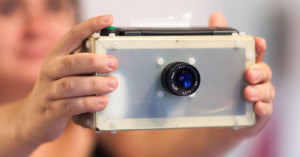
Want your own instant camera that prints lo-fi photos on receipt paper? Muth Pierre has published the designs for a build-it-yourself camera called the PolaPi -- it's a standalone compact camera that combines a Raspberry Pi and a thermal printer for a fun DIY instant camera.

After several years of trial and error, I finally have a complete RAW photography workflow in Linux that I am happy with.
The applications in this workflow aren’t just native to Linux, they are also free, open source software (FOSS). There is no need to dual boot, use WINE or a virtual machine. It’s a pure FOSS photography workflow running in Linux.

In early September 2015, we reported that VSCO was discontinuing its VSCO Keys keyboard shortcut software for Lightroom. There's some good news today: instead of killing off the product, VSCO has decided to turn it into a free and open source project.
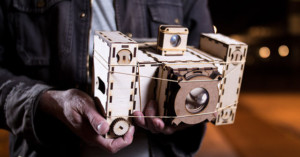
Over the past year, Dutch artist Mathijs van Oosterhoudt has been developing a new camera system. No, it's not a high-tech digital system that's intended to go up against the major camera companies. Instead, it's an open-modular camera system that's intended to teach people how to build complex cameras. Its name is The Focal Camera.
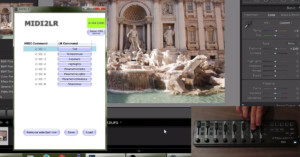
MIDI2LR is a new free and open source program that lets you edit photographs in Lightroom 6/CC using any kind of MIDI controller. If you've always wanted to go from using your mouse and keyboard to using knobs and buttons, this is something you might want to look into.
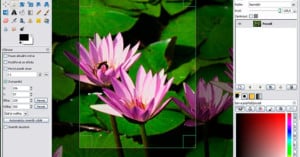
If you've downloaded a copy of GIMP for Windows from SourceForge in recent days, you may want to double check to make sure you didn't get other programs installed as well. Some copies of the "open source Photoshop" were apparently being offered with for-profit adware bundled with the installer.
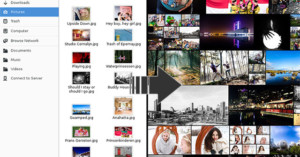
If you'd like to quickly create a custom photography website and are familiar with installing software through a command line interface, there's a new free and open source program you can check out. It's called Photog!, and is a simple photography website generator that can turn your pictures directory into a simple yet elegant photo website.
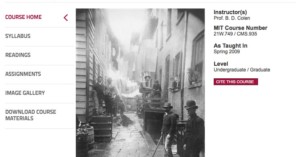
It’s not unusual for colleges with large open-source programs to put out a number of courses free for the world to browse through online. In the past we’ve featured courses from both MIT and Stanford.
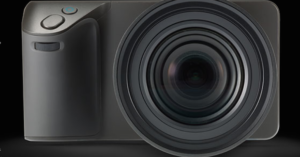
A major drawback of Lytro's technology has been the closed ecosystem its files are trapped in. Unable to be edited in programs such as Lightroom or viewed on the Web without a proprietary image viewer, the experience is lacking the ubiquity needed to gain the acceptance of the masses.
Well aware of this problem, Lytro today takes the first of what we assume will be many steps in the right direction, by announcing that their images will now be viewable on the Internet via a new, open-source WebGL player.

When it comes to getting the most out your post-processing applications, you really want to know your shortcuts. The problem is, there's so many within each program that it’s impossible to remember them all.
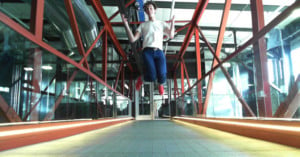
Getting shots of people in midair can be a source of fun and fascination, but making them requires either a fair investment in remote triggers or a surplus of time and luck.
With a little bit of ingenuity, however, mechanical engineer Andrew Maxwell-Parish (aka Electric Slim) has made the process easy, cheap and reliable using a laptop, webcam and open-source software.
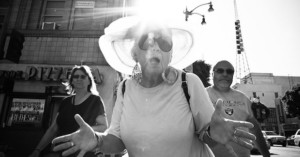
Street photographer Eric Kim has always believed in the value of 'open source.' Usually a term reserved for software and code, open source is a development model that promotes free public access and redistribution rights for a product.
Much of what Kim has put out into the world -- be they videos or ebooks -- he's made available in the same way: use, alter and share as you'd like. And now, he's adding his photos to the list of things the public has almost unlimited access to.
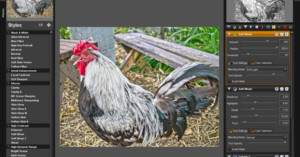
Photographers still irked about about Adobe's decision to make Photoshop rental-only have a new alternative with the re-release of the pioneering LightZone application as a free, open-source program for Windows, Linux and (eventually) Mac OS.
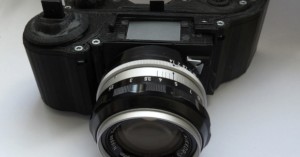
The magic of 3D printing has led to the creation of a few pretty cool DIY projects we've featured in the past. In the world of cameras, we've seen everything from lens adapters to flash diffusers make their way into the real world via the 3D printer and some plastic.
What we had never seen before now, however, was a fully operational 3D printed SLR camera, but freshly graduated design student Léo Marius has created just that!

Nikon DSLR owners who want to control their cameras from their PCs have a few options available to them. But while most of them offer basic functionality (i.e. aperture, shutter speed and shutter release control), the free, open source software digiCamControl seems to offer a bit more.
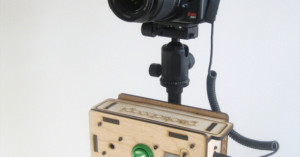
Photo booths are seeing a renaissance in the world of photography recently. We're not so much talking about the photo booths you'll find at the mall, where you feed them a dollar and they take your picture. We're talking about little contraptions that pros are building/buying nowadays and bringing along with them to parties and wedding shoots.
One great example is the Instagram-inspired DIY photo booth put together by Alexander Morris. Unfortunately, that one required a bit of electrical DIY skill to put together yourself, so for those of you looking for something similar minus the DIY part, Photoboop may be the perfect solution.
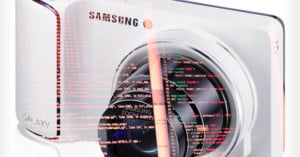
Samsung released the open source kernel files for its new Galaxy Camera late last week, something commonly done in the smartphone world -- at least with certain platforms -- but a foreign concept in the world of digital photography. This opens the door to all kinds of possibilities as hackers begin to peer into the cameras brain and dream up new possibilities for how it should work.
Developers are already talking about the possibility of introducing voice calling to the camera -- a feature Samsung left out of the camera, presumably to avoid cannibalizing its smartphones.
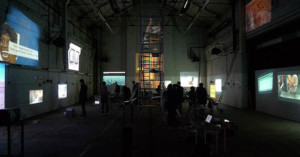
"BYOB" is an initialism that's readily understood by college students who party. To artist Rafaël Rozendaal, however, it means something entirely different. In 2010, Rozendaal launched Bring Your Own Beamer, a series of novel "open source" art exhibitions in which participants were asked to bring their own beamers (AKA projectors). The recipe for the concept is extremely simple: find a venue with plenty of wall space (and outlets), invite a bunch of artists and art-lovers, and have images projected all over the walls for everyone to enjoy.
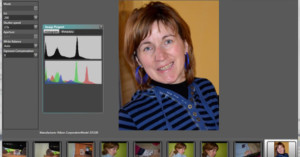
Nikon shooters: Nikon Camera Control is a new open source Windows application that …
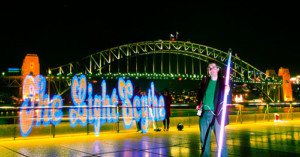
Gavin of Sydney, Australia created an awesome 2-meter long programmable staff that makes painting giant words and images as easy as waving/walking the staff around during a long-exposure photograph. The staff, which he call the LightScythe (we would have called it the "Lightsaber"), was inspired by the Wi-Fi light painting project we shared here earlier this year.
The hardware is pretty simple. There’s a 2m programmable LED strip inside an acrylic tube, which is controlled from a small receiver and battery pack. A laptop PC with a wireless Xbee link sends the image data to the scythe at a specified time. [#]
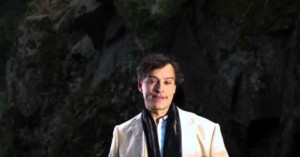
About a year ago, engineer and photo-enthusiast Morten Hjerde began brainstorming ideas for the next generation of photographic lighting …
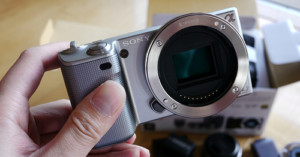
A day after Carl Zeiss announced they would be joining the Micro Four Thirds format, Sony is …
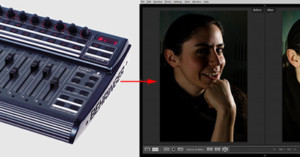
Lightroom adjustment sliders are nice and all, but wouldn't it be neat if fine adjustments could be made using our hands and physical sliders rather than a mouse and virtual ones? There's an open source program called PADDY for Lightroom that allows you to map adjustment settings in Lightroom to external devices, including MIDI faders with sliders and knobs. Here's the description:
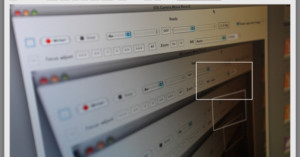
It’s almost a given for new Canon DSLRs to have an HD video recording mode, but older Canons can …
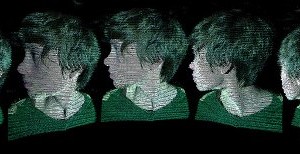
Kyle McDonald is a programmer working on building open source utilities for realtime 3D scanning using structured light, a technique that requires only a projector and a cheap camera.